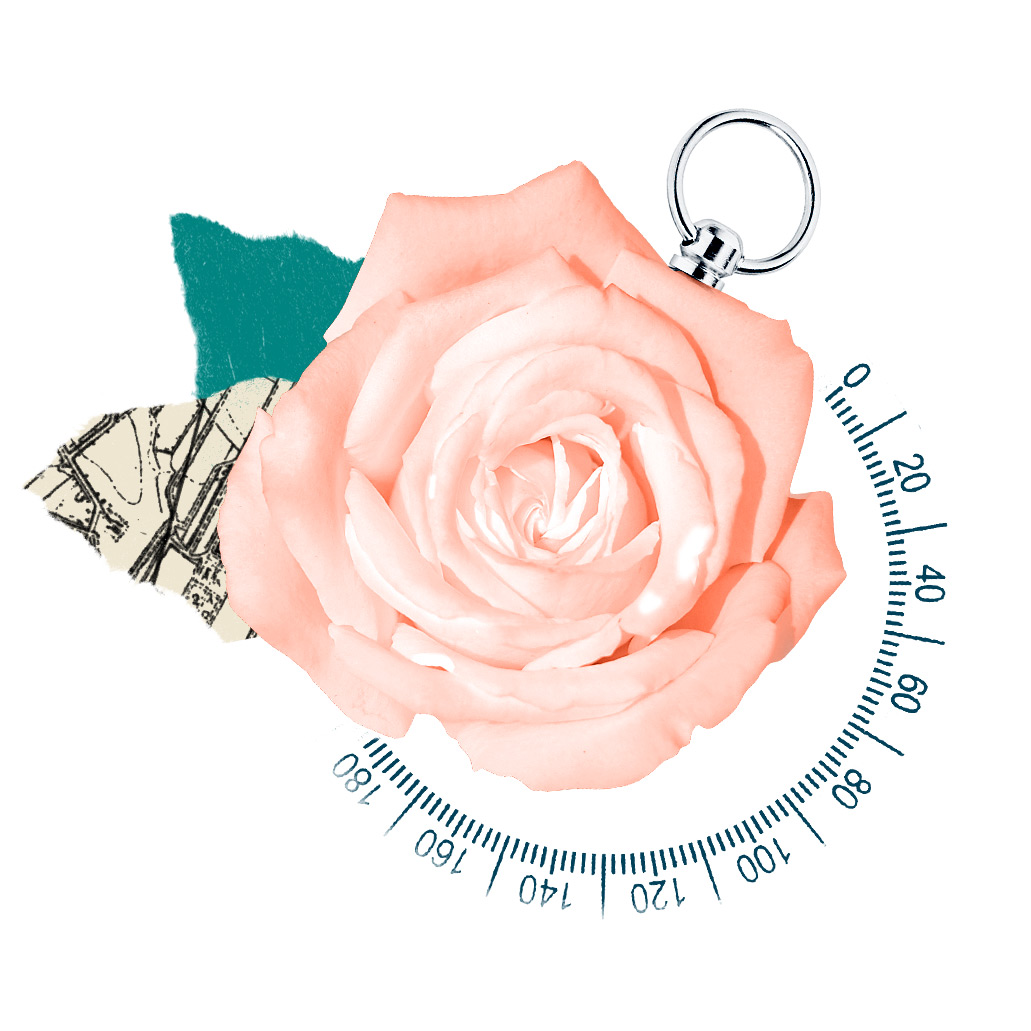Find Lessons
We’ve scoured the best sources from around the world and put them in one place. Use our filter below to find what works best for you and your students.

We’ve scoured the best sources from around the world and put them in one place. Use our filter below to find what works best for you and your students.

62 Results Meet Your Requirements
Watch a video by Yad Vashem on the ghettos that features diary entries from a child living in the Lodz ghetto.
Students will learn about the difficult circumstances that survivors faced after the war in rebuilding their lives, and learn about the different factors in many people's decision not to return to the countries where they had previously lived.
Learn about the complex and trying time that Germany experienced during the Weimar Republic (1919-1933).
Examine the concordat that tied the Catholic Church to the Nazi Regime and continues to spark controversy today via this expository reading from Facing History and Ourselves.
Follow the evolvement of antisemitism from its origin to its use in racial Nazi ideology. Students will break into groups to discuss questions on antisemitism, scapegoating, and the effects of hate speech.
Why did the US fail to act after there was confirmation of mass murder against European Jews? Guide students through the disappointing history of the US State department's obstruction of the truth of the Holocaust.
Contextualize the experience of Americans in the late 1930s by highlighting the social and economic facts of the day and examining news artifacts from the era.
Compare and contrast a map from before World War I to a map after World War I. Students analyze the significance of the changes in the map, looking particularly at the countries that comprised the Axis powers and the Allied powers.
Using the art and experience of one individual, Franz Karl Bühlerthis lesson asks students to examine the connections between culture and ideology using the Nazi staged art exhibition, “Degenerate Art” and the Nazi T4 program.
Students will learn the definition of being a bystander to the Holocaust. They will have the opportunity to think critically about what it really means to be a bystander, the different levels of inactivity and passivity, and whether or not calling oneself a bystander deflects responsibility.
Watch a video on bystanders in the small town of Buczacz in the Ukraine by Facing History and Ourselves. Students will catch a glimpse of the side of the Holocaust that was not carried out by systematic murder in the camps.
Students will watch a documentary on the Stanford Prison Experiment. Open the class into a discussion on the psychology of violence and group behavior.